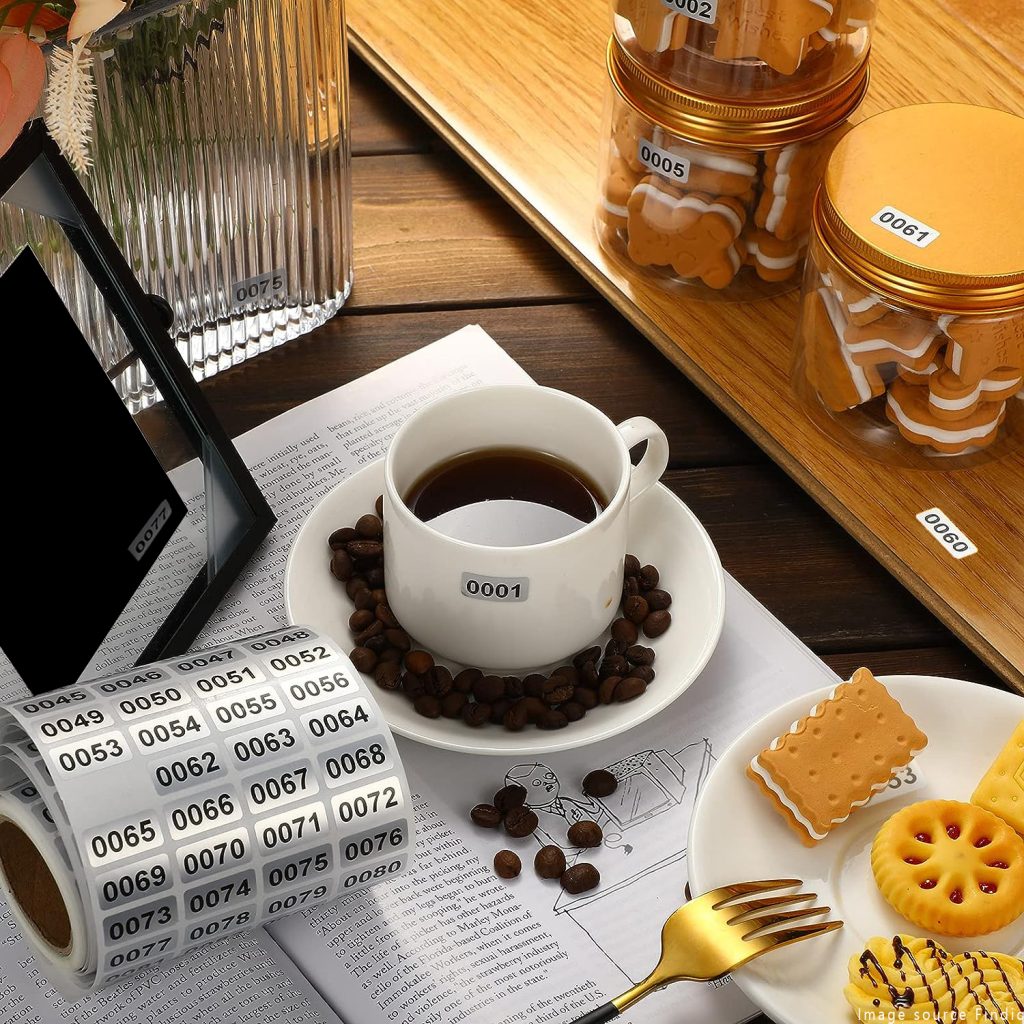
On Thursday, September 7th, 2023, at 7 pm, we invite you to the opening of Gediminas G. Akstinas’ exhibition at the CAC Reading Room (Aušros vartų st. 5, entrance from Pasažas str.).
In September, the CAC Reading Room will showcase an exhibition by Gediminas G. Akstinas, consisting of new sculptural objects and artistic gestures. The works on display were created thinking about how ordered environments become even more enigmatic, and about the links between identical objects and different spaces, as well as mathematics and imagination.
Gediminas G. Akstinas is a Vilnius-based contemporary artist. His creative work encompasses various sculptural practices, including objects, installations and performances. The artist’s solo exhibitions include Nudes (Radvila Palace Museum of Art, 2022; Paneriai Sculpture Park and a rented apartment in Vilnius, 2020); Companions (rented office space in Vilnius, 2019); and The SHIP (Kunstverein Gallery, Amsterdam, 2015).
SCRAMBLED GRIDS
The grid is a charged concept. It is powerful. It signifies time. The grid, as argued by Rosalind Krauss, is the ultimate sign of modernity in modern art. Outside the canvas, the grid is also a tool capable of acting in the real world, most dramatically by ascribing one a place. The grid is a cultural technique, as Bernhard Siegert reminds us, which, since the 16th century, has enabled the counting, measuring, locating, governing and disciplining of bodies.
Graph paper is fundamentally a grid with a function. Employed by mathematicians, engineers, architects, and others, it bears an operational logic and carries things, spaces and ideas translated into data. In Gediminas G. Akstinas’ work, the grid is a found object. At the Contemporary Art Centre, he submits salmon-red graph paper to a counterintuitive practice – employing a gridded paper strip to measure the perimeter of the Reading Room by direct imprint. Gediminas’ grid here is a template of the place.
In 1978, the architect-turned-artist Eugenijus Antanas Cukermanas embarked on what would become a lifelong work, The Flying Dutchman. To this day, a painted black rectangle continues to be reconfigured on a murky white grid, repeatedly painted and overpainted on the canvas on an irregular basis, following intricate mathematical calculations conceived by the artist. Recently, I saw a thick roll of graph paper placed next to the canvas, partly unfolded, no doubt familiar to Cukermanas from his architectural metier, and used by the artist to record the ever-changing coordinates of the travelling black rectangle over the years. The fragment of paper I saw showed the rectangle ascending from the bottom left corner towards the upper right. The graph paper here retains its operational logic; it is a measuring device as much as a recording device, which unfolds temporal arrangements alongside spatial ones. This grid is an order holding one, a grid as a grip.
In the CAC Reading Room, there is a twist. The strip of graph paper indexing the place has been scrambled. The initial form of the room has changed. The grid is there, but its function to maintain an order of space is let loose. It can be virtually anything, really. A topological counterconduct. I am reminded of other grids on strips. Shaky hand-drawn irregular grids executed by the textile artist and painter Kazimiera Zimblytė, hung in bands from the ceiling that gently fold as they meet the ground; but also the grids in her graphic works and drawings, which morph into noisy clusters of waves, and then other gridless strips let loose in the wind. This pliability of a line, the irregularities and noise of the grids produce a glitch, a disorder, a delirium.
Gediminas thinks of cloth as much as of architecture. This graph paper, he reminds me, is also used by seamstresses to make sewing patterns. His recent work The Cutouts contains exactly such templates, in this case – of dog clothes. The artist merges the cutout sheets of grid paper with the monochrome pulp of pine trees, making the distinction between the two dissolve, melt, and the figure and the ground, quite literally, grow into each other. The grid gets really close to the bodies.
I don’t know if there will be wind during the opening of the exhibition, but if there is any, and the windows and doors are open, one might see the room shaking, swirling, entangling, tying into knots.
Notes on grids by Inesa Brašiškė
Editor Gemma Lloyd
My thanks go to Gediminas G. Akstinas for inviting me to write this text, and Justina Zubaitė-Bundzė, Elona Lubytė, Miglė Survilaitė and Gabrielė Radzevičiūtė for cordially answering my messages.
Texts: Rosalind Krauss, “Grids”, in October, Vol. 9 (Summer, 1979), p. 50–64. Bernhard Siegert, Cultural Techniques: Grids, Filters, Doors, and Other Articulations of the Real. New York: Fordham University Press, 2015.